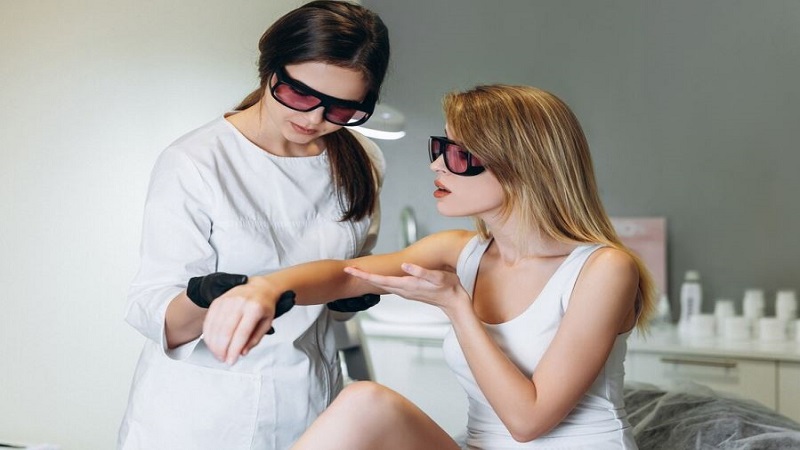Welcome to our guide on tattoo removal aftercare! Once you’ve made the decision to remove a tattoo, it’s important to focus on the healing and health of your skin. In this article, we will provide you with essential tips to promote healing and maintain the overall health of your skin after the removal process. By following the recommended aftercare routine, you can ensure optimal results and a smooth recovery. Let’s dive in!
Understanding the Tattoo Removal Process
Before diving into aftercare tips, it’s crucial to have a brief understanding of the tattoo removal process. This knowledge will help you make informed decisions regarding your aftercare routine.
Tattoo removal typically involves the use of various methods, such as laser removal and surgical excision. Laser removal is the most common technique used to fade or remove unwanted tattoos. It employs high-intensity laser beams to break down the tattoo ink particles, allowing your body’s immune system to naturally eliminate them over time.
Surgical excision, on the other hand, involves physically removing the tattooed skin through surgical procedures. This method is usually reserved for smaller tattoos or when laser removal is not an option.
It’s important to consult with a qualified dermatologist or tattoo removal specialist who can assess your tattoo and recommend the most suitable removal method for you. Factors such as tattoo size, colors, location, and skin type play a role in determining the most effective approach.
Essential Tattoo Removal Aftercare Tips
After undergoing tattoo removal, proper aftercare is essential to promote healing and maintain the health of your skin. Follow these essential tattoo removal aftercare tips to ensure a smooth and successful recovery process:
- Keep the area clean: Gently wash the treated area with a mild, fragrance-free soap and lukewarm water twice a day. Pat the area dry with a clean towel, avoiding any rubbing or scrubbing.
- Protect the treated area: Cover the tattoo removal site with a sterile, non-stick bandage or gauze pad to protect it from bacteria and dirt. Change the bandage regularly and avoid exposing the area to excessive moisture.
- Avoid direct sunlight: Ultraviolet (UV) rays can impede the healing process and cause pigmentation issues. Protect the treated area from sun exposure by wearing protective clothing and applying broad-spectrum sunscreen with a high SPF.
- Moisturize the skin: Apply a gentle, fragrance-free moisturizer to the treated area after cleansing. This will help keep your skin hydrated and prevent dryness or itchiness.
- Avoid picking or scratching: It’s natural for the treated area to itch during the healing process, but resist the urge to scratch or pick at it. This can disrupt the healing and increase the risk of infection or scarring.
- Follow post-treatment instructions: Your tattoo removal specialist will provide specific aftercare instructions based on your individual needs. Follow their guidance, including any recommended ointments, creams, or dressings.
- Stay hydrated and maintain a healthy lifestyle: Drinking plenty of water and consuming a balanced diet rich in vitamins and nutrients can aid in the healing process and promote overall skin health.
By following these essential tattoo removal aftercare tips, you can help promote optimal healing and maintain the health of your skin. Remember to consult with your tattoo removal specialist for personalized advice and recommendations.
Conclusion
Now that you’ve completed your tattoo removal procedure, it’s essential to prioritize proper aftercare to ensure optimal healing and maintain the health of your skin. By following the recommended practices discussed in this article, you’ll be taking important steps towards a successful recovery.
Consistency is key when it comes to aftercare. Be diligent in keeping the treated area clean and dry, following any specific instructions provided by your tattoo removal specialist. Avoid exposing the area to excessive sunlight, as UV radiation can hinder the healing process and potentially lead to complications.
Additionally, moisturize the treated skin regularly with a gentle, fragrance-free lotion to keep it hydrated and minimize any discomfort or itching. Remember to avoid picking or scratching at the area while it heals, as this can delay the recovery process and increase the risk of infection.
Should you experience any unusual symptoms or concerns during your recovery, don’t hesitate to reach out to your tattoo removal specialist for guidance and support. By prioritizing proper aftercare, you’ll be well on your way to revealing skin that is free of unwanted tattoos and looking its best.
